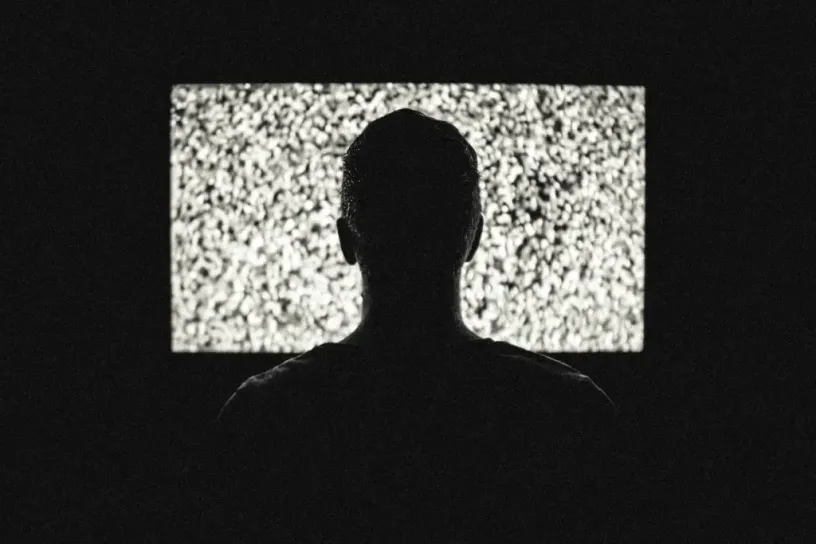By The TV Answer Man team
TV Answer Man, is it true that the NFL used to black out all local broadcasts of the home team’s games? For example, fans couldn’t watch the Washington Redskins in the DC area when they played at home unless they went to the game with a ticket? What were they thinking? — Bruce, Fairfax, Virginia.
Bruce, it is true. In the early years of the NFL, the league struggled to gain a foothold in the competitive American sports landscape. The sport was far less popular than baseball, and attendance at games was often modest at best. Teams relied heavily on gate revenue, which included ticket sales, concessions, and parking fees, to sustain their operations. This financial model made the issue of local blackouts an especially sensitive one.
The Birth of Local Blackouts
Local blackouts were introduced by the league in the 1950s as a means of protecting the NFL’s financial interests, primarily by encouraging fans to attend games in person. This, in theory, would create greater demand for tickets and increase stadium attendance. There were so some extreme uses of the league’s blackout policy. The 1958 NFL championship game between the Baltimore Colts and New York Giants, often called the greatest game ever played, was blacked out in New York even though it was sold out, causing fans to drive as far away as Vermont to watch the game on TV. The 1972 Washington Redskins regular season and playoff games were blacked out despite the protests of the team’s most famous fan, President Richard Nixon. And some fans across the nation would make it a Sunday custom to drive at least 90 minutes away from their home market, rent a motel room, and watch their favorite team on the in-room TV.
The 72-Hour Rule
In 1973, the NFL implemented the ’72-hour rule’, which stipulated that games must be sold out at least 72 hours before kickoff to avoid a local blackout. This rule meant that teams and their fan bases had a tight deadline to ensure that every seat in the stadium was filled. Ticket sales, promotions, and community engagement efforts became pivotal in avoiding blackouts. You would often see a community-minded local company buy the remaining tickets on a Thursday morning as a good will gesture so the game could be televised.
Criticism and Opposition
Local blackouts faced mounting criticism as the years went on. Fans and consumer advocacy groups argued that blackouts were outdated and unfair, especially when public funding had often been used to build stadiums for NFL teams. Critics questioned why taxpayers should contribute to stadiums if they couldn’t even watch games on television.
The Demise of Blackouts
The turning point for blackouts came in the 1970s, as the NFL faced increased pressure from lawmakers and fans. Over the years, the league and federal lawmakers passed various rules enabling teams to allow the local games to be aired regardless of the attendance. Although the league’s blackout is still in effect for regular season games, it has not been enforced in years. The league now makes so much money from TV rights that game attendance, while still important, is not crucial to a team’s fortunes.
Have a question about new TV technologies? Send it to The TV Answer Man at swann@tvanswerman.com Please include your first name and hometown in your message.


